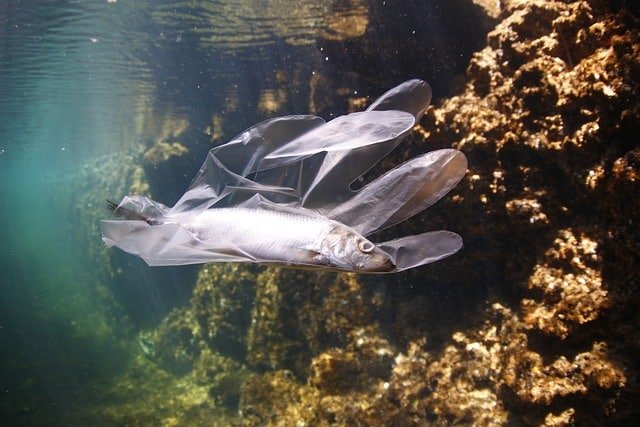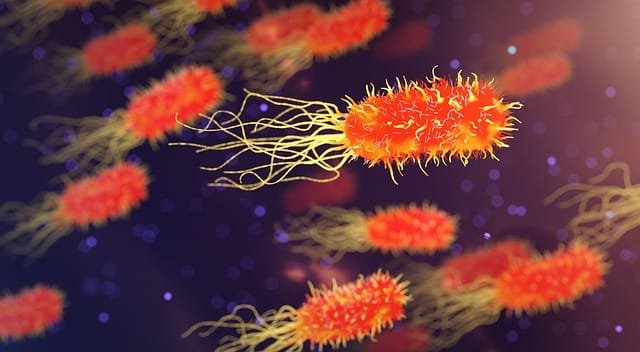Globally, there still have been less than 10% of all plastic recycled. Here are the scientific solutions to plastic pollution that we consider promising in the global fight against plastic.
1. NASA Satellite Technology
In this Hotpot edition, Toilet paper, Why planting trees isn’t enough, And More, we featured an article about how satellites are helping researchers from NASA to track climate emissions. NASA’s Cyclone Global Navigation Satellite System (CYGNSS), was originally created to predict hurricanes by monitoring tropical wind speed over the ocean, but the technology is now used to paint a clearer picture about where the carbon emissions come from so that major polluters can be identified.
The technology, which was created in 2016, can detect more than emissions and hurricanes only as it has been used to detect concentrations of ocean plastic too. This method can be fundamental in tracking and managing ocean plastic and microplastics in the water by measuring the surface of the water. It’s a great technology to measure the effects of microplastic on the ecosystem, help non-profit and private organizations clean up the sea, and protect aquatic life.

More about NASA Satellite technology
You might also like this archive of previous editions of The Hotpot in which we featured articles on the NASA Satellite Technology
2. Plastic-eating enzyme
In 2016, a scientist discovered a plastic-eating enzyme that was capable of eliminating Polyethylene terephthalate (PET) – which is the most commonly used type of plastic. The enzyme, also known as Ideonella Sakaiensis 201-F6, has the potential to supercharge recycling on a large scale by digesting plastic on its own. While the breakdown process is relatively slow, scientists have been working to speed up the process. Research on enzymes for plastic recycling has advanced during the last 15 years and recently, researchers have been able to modify the molecular composition of the bacteria and tweak it to consume PET 20% faster than it originally did.

More about the plastic-eating enzyme
You might also like this archive of previous editions of The Hotpot in which we featured articles on the Plastic eating bacteria
This section will be updated soon. Sign up to The Hotpot to receive our hand-picked stories on valuable climate solutions: